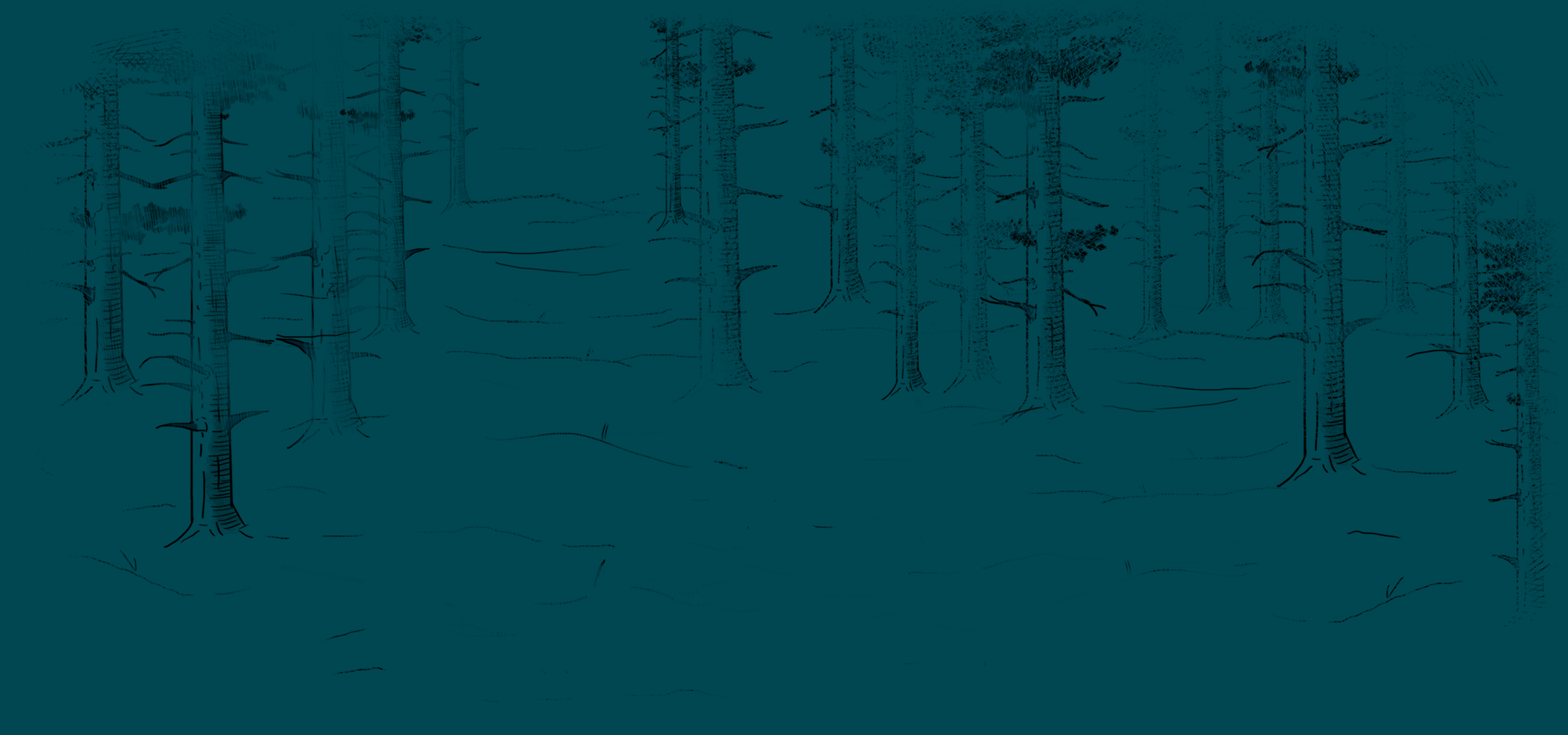
27 Jan Rags, Bones & Hooves
The creation of paper has been dated back as far as 105 AD in China. By 800, paper was being made in Egypt and Iraq, but the technology did not make its way to Europe until the 1300’s, when paper mills were built in France, Italy and Spain. Prior to the arrival of paper, people wrote on vellum – calfskin.
There were many steps to making paper, some of them quite smelly and noisy. Papermills were located on rivers, usually outside of the town walls. The first step was for the mill to buy a large collection of used, old cloth from the local rag collector, called the ‘ragman’. Any cloth made from plants – linen, cotton, hemp or nettle – could be used. Buttons were removed and the fabric was washed. Next it was rolled into balls and left to rot for several weeks to soften the plant fibers. The rotted rags were then taken to the stamping mill, where stone hammers, powered by a waterwheel, pounded the rags into pulp.
The next step involved the ‘vatman’. He stood over a large trough full of water and stirred the pulp until it became thick. Then the vatman dipped a screen made of wood and copper into the trough. When he pulled the screen back out, the water drained, and the pulp fibers bonded into a sheet of wet paper. After a pile of wet sheets of paper reached a certain height, it was taken to the ‘pressman’, who squeezed the excess water out with a press. The sheets were hung to dry, then later dipped into glue. The glue was made from boiling together the bones, hooves, horns and skins of farm animals. (Glue can also be made from fish heads, bones and skin, but it is thinner and not as sticky.) The animal glue made the paper hold its shape and stiffen. Each sheet was hung up to dry again, then polished by the ‘glazer’. He laid the paper on a flat surface, like a board or stone, and rubbed it with another stone until each sheet was smooth, shiny and ready to print on.
Papermills used watermarks to identify the paper they made. A small design sewn into the screen used by the vatman left a slightly lighter shade on each sheet of paper.


